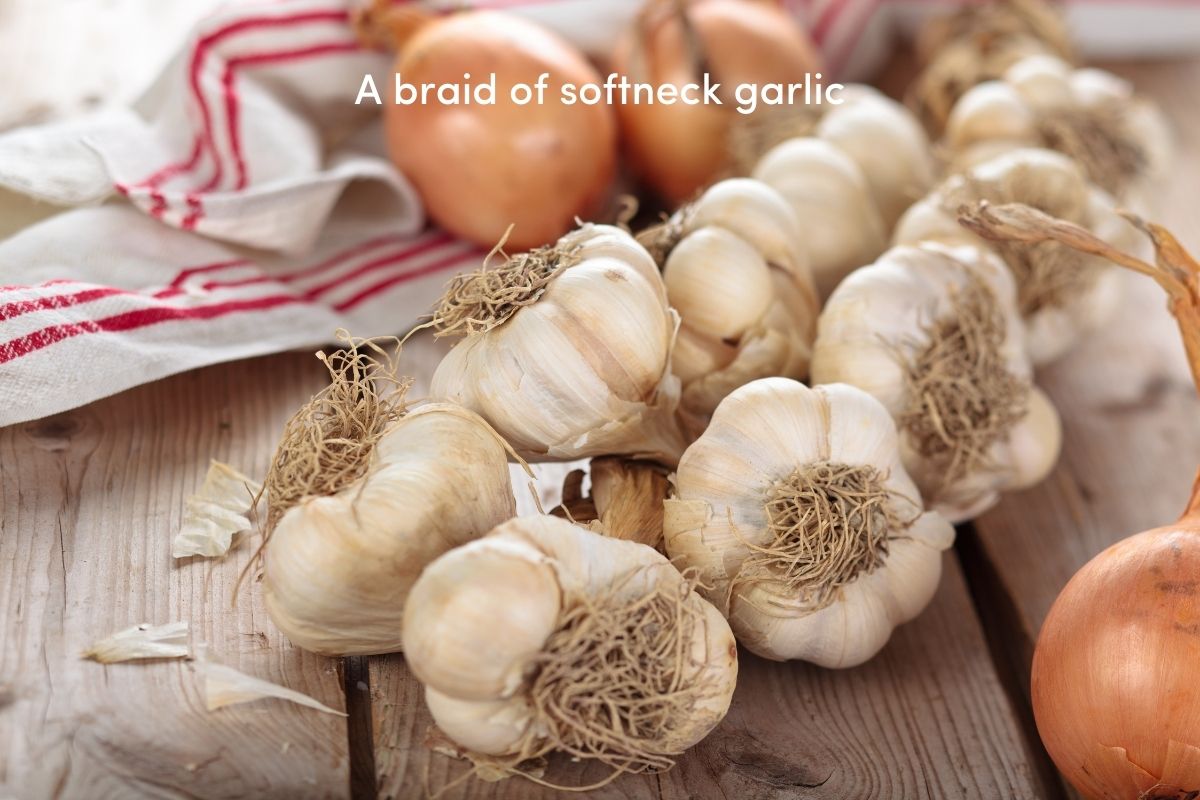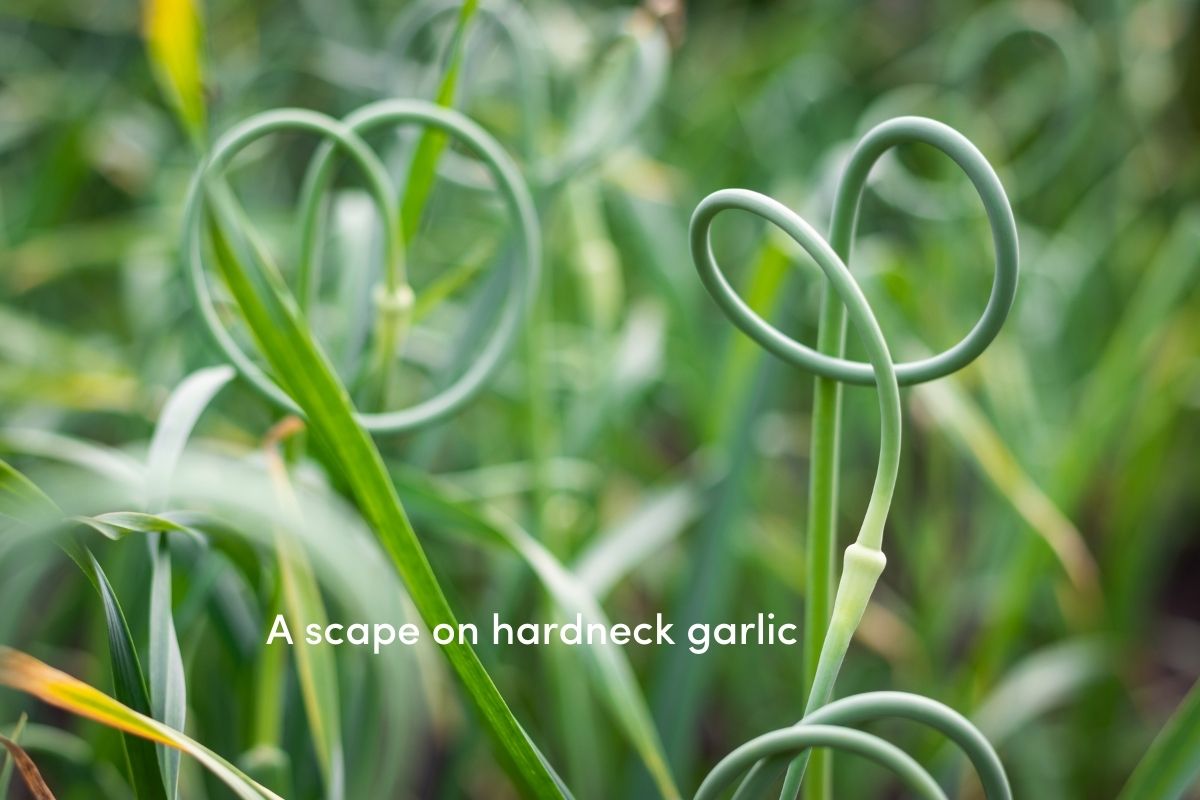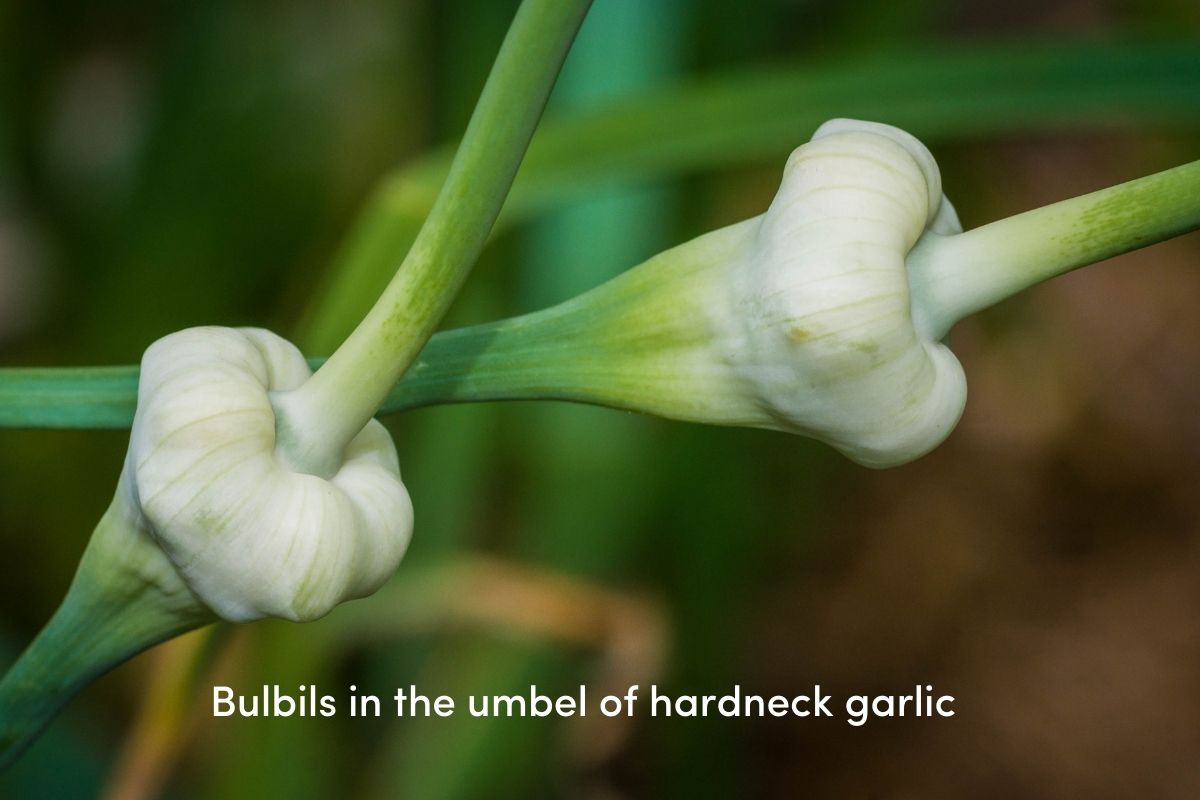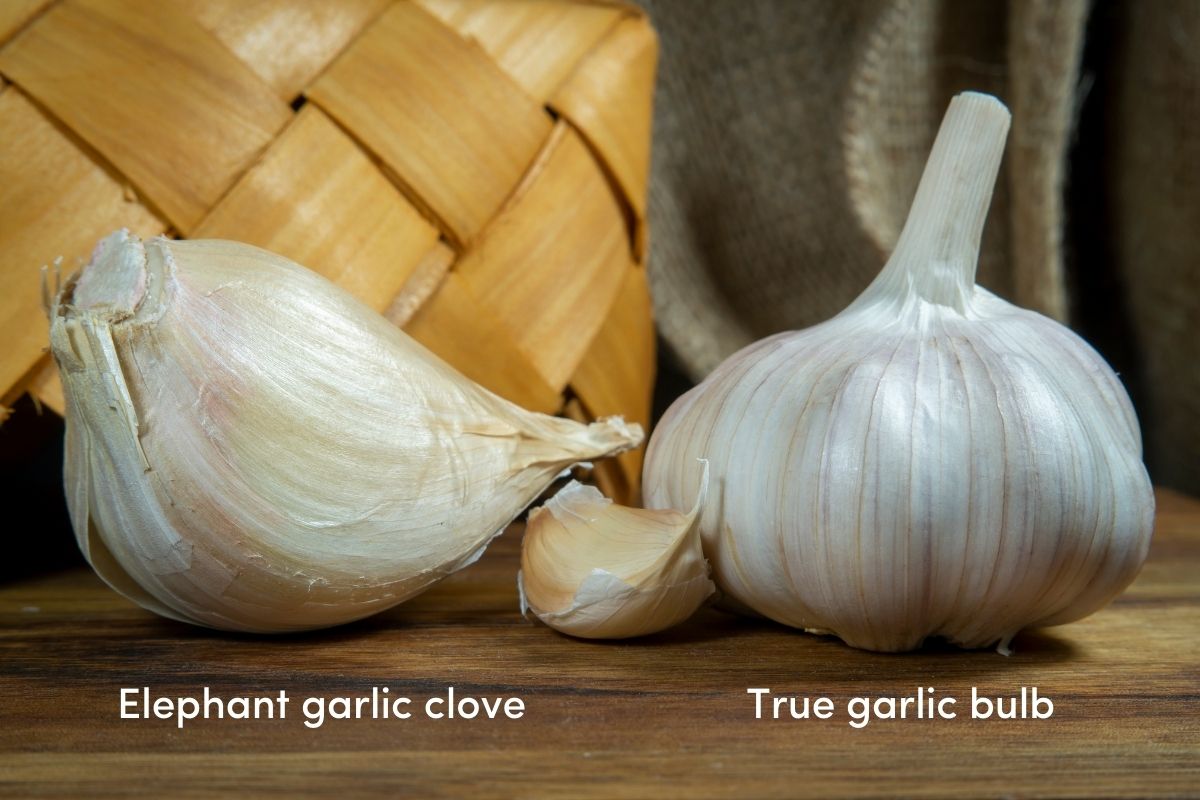Garlic is a staple of many global cuisines and is prized both for its uniquely pungent flavour and for its many health benefits. But the familiar white or crimson-streaked bulbs found in fruit shops are only a small part of the much more diverse and interesting garlic story.
Many, many varieties of this vegetable are cultivated across most of the world's regions and climates, and growing your own at home offers an easy way to explore the possibilities on offer. Here's what you need to know to choose an ideal variety that fits your climate and your culinary preferences.
Which Garlic Variety to Choose?
No matter which named variety of garlic you grow, it will belong to the same single species known botanically as Allium sativum. However, garlic adapts extremely well to the conditions it grows in, leading to different characteristics being strengthened in different regions, developing eventually into the many available varieties.
Even considering the wealth of variations, garlic varieties are classified in two basic ways. Knowing which group a particular variety belongs to will give you an important insight into the conditions and climate it needs to grow healthily, and therefore when it's best to plant and harvest it. You'll also have a better idea of how long the harvested bulbs can be stored for, and also what to expect from the cooking qualities and flavour of the cloves.
How Garlic Is Classified
Garlic is classified into two main groups, and there’s a straightforward way of determining which group a particular variety belongs to. In general, a specific garlic variety will either produce a central stem known as a scape, or it won't. The scape is a leafless stalk that often grows in a meandering way and eventually develops a flower head at its top. After flowering, a head of tiny bulbils resembling miniature cloves of garlic forms in place of the flower.
These bulbils can be eaten or planted. In commercial growing, the scapes are usually removed long before bulbils form so that the plant's growing energy is diverted into producing larger bulbs. The scapes themselves can be chopped and eaten in a similar fashion to bunching or spring onions.
The group of garlic types that don't produce a scape are called softnecks, while those that do are called hardnecks. Some other important differences also exist between the two groups, which will influence which type you decide to grow.
About Softneck Garlic
Softneck garlic varieties are known as non-bolting as they don't produce scapes, and put more of their energy into growing bulbs. This makes them the most commonly grown commercial types, and most garlic you see in the stores will be softneck.
Softnecks feature softer and more pliable stems, making them suitable for braiding, and they also store well.
Potential drawbacks of softneck varieties are that the individual cloves tend to be smaller, harder to peel, and with a milder flavour overall. And lastly, softneck varieties are more suited to warmer climates with low humidity and dry summers.
There are two very common types of softneck garlic that you're likely to come across:
• Artichoke: These varieties can be grown in a variety of climates and usually mature early in the season. The cloves tend to be relatively large and flat with a mild flavour, and will store well for six to nine months.
• Silverskin: More suited to warm climates with mild winters, these varieties mature later in the season. They’re some of the easier varieties to grow, reliably producing high yields of cloves with a hot flavour. Bulbs store well for up to 12 months. Silverskin garlic is the variety most often sold already made into braids.
In addition, several garlic varieties developed in Australia that are more suited to warm climates have been developed. These have recently been classified in a ‘subtropical’ softneck group of their own. Subtropical varieties are day-length neutral, meaning they don’t rely on the lengthening days of spring to trigger bulb production. They have a hard stem but don’t usually develop true scapes or umbels.
About Hardneck Garlic
Hardneck garlic varieties generally produce scapes, flower heads and bulbils. However, the group is divided into two further categories.
Strongly bolting hardneck varieties will nearly always produce a scape early in the season, which grows on to be tall, strong and upright. Weakly bolting hardneck varieties may not always produce a scape, and when they do it often comes late in the growing season and remains floppy rather than strong.
Other than this, both types of hardneck share similar properties. Both are more suited to cooler climates, tending to bolt too early in warmer winters, and both produce larger cloves that are easier to peel. However, they don't tend to store as well as softnecks, and most varieties have stems that dry very stiffly, making them unsuitable for braiding.
Common Types of Weakly Bolting Hardnecks
There are four main types of weakly bolting hardneck garlic, although each group can have several variations within it. Here are the main properties of each group:
• Asiatic: An early maturing type suitable for warm climates, producing large cloves with a good flavour. Storage time is typically five to seven months, though cloves can sometimes start to sprout earlier than that.
• Creole: A type that prefers warm climates with mild winters. Matures late, has a hot, rich flavour, and can be stored from eight to 12 months. Perhaps most appreciated for its cloves' vibrant, rose-coloured skin.
• Middle Eastern: Not a popular type of garlic in Australia, as it is suited to cold winters and warm springs. The resulting bulbs have a mild flavour and a medium-to-long storage period.
• Turban: A fast-growing, early-maturing type with a hot flavour when raw, turning mild when cooked. Can be stored for three to five months.
Common Types of Strongly Bolting Hardnecks
Garlic varieties in the strongly bolting hardneck group are mainly found under the following categories:
• Purple Stripe: Slow maturing type with a rich, strong flavour and medium storage qualities. Purple stripe garlic is thought to be one of the earliest ancestors from which other common varieties have descended.
• Glazed Purple Stripe: A late maturing type with a good flavour. Not grown widely in Australia, it is mainly found as a heritage or heirloom bulb.
• Marbled Purple Stripe: A type suited to cold climates. Again, this variety is not widely grown in Australia due to its poor storage qualities, but will reward gardeners with large, well-flavoured cloves.
• Rocambole: A type suited to cold climates; matures in the middle of the season. The bulbs have a rich, sweet flavour that many feel is the finest of all garlic types, but its sensitivity to overwatering makes it a little temperamental to grow. Each bulb contains eight to 12 cloves in a single layer. Can be stored for four to five months when properly dried.
• Porcelain: A type that's well suited to cold temperate climates. Closely related to Rocambole but easier to grow. Produces four to six large, strongly flavoured cloves in each bulb, and has a storage time of five to seven months.
Where Does Elephant Garlic Fit In?
Lastly, there's one other vegetable that is sometimes sold under the garlic label. Elephant garlic is in fact a member of the leek family and has the botanical name Allium ampeloprasum. While it's not a true garlic, it produces large cloves with a very mild flavour, and makes a good alternative for those who live in subtropical or high humidity areas where true garlic is difficult to grow.
Whichever variety you choose, growing your own garlic is an easy and engaging way of exploring the wealth of options this staple veggie can offer.









